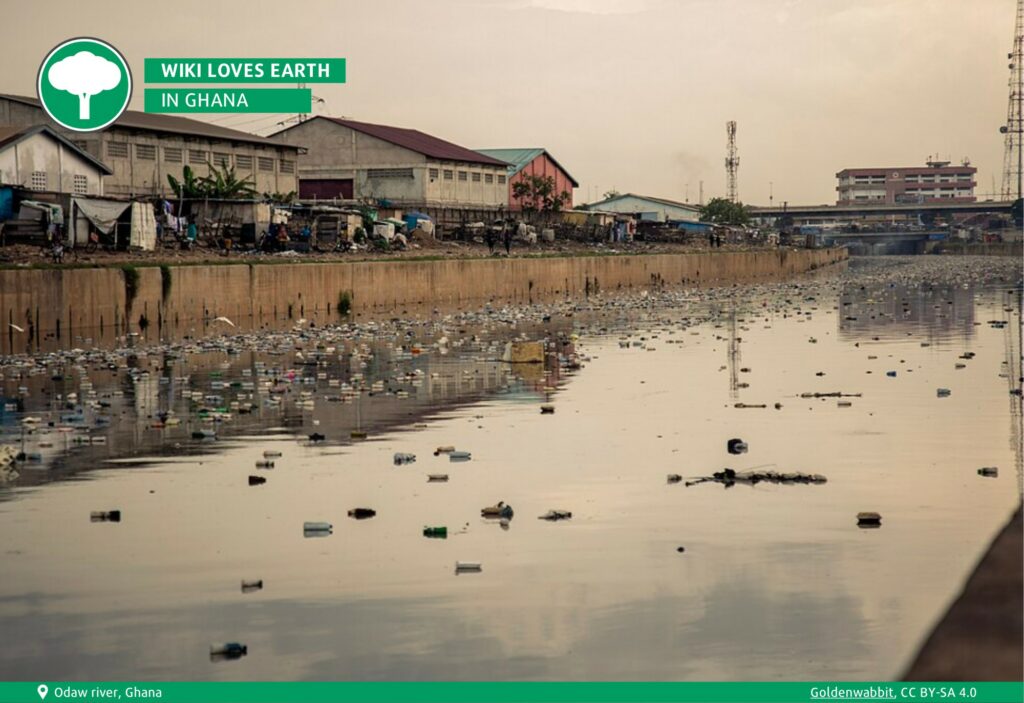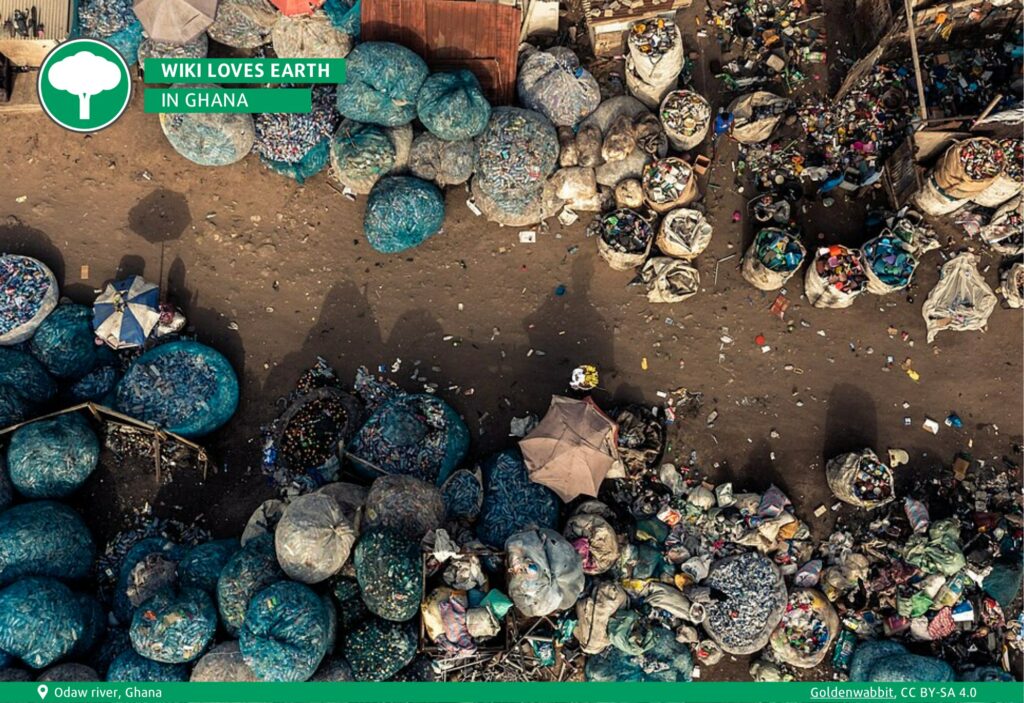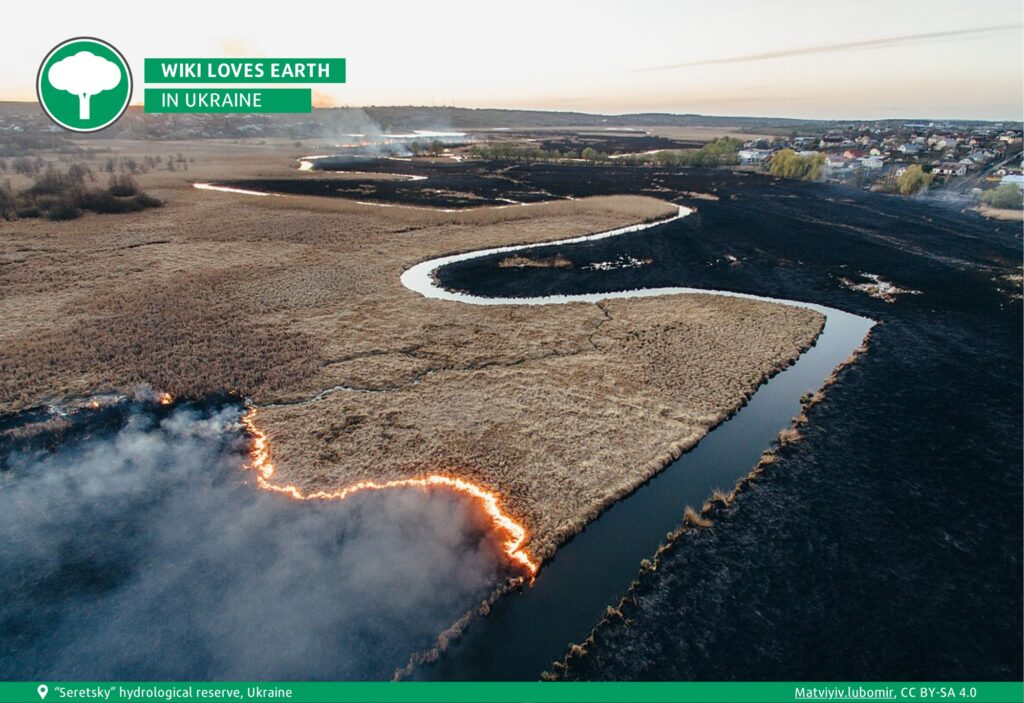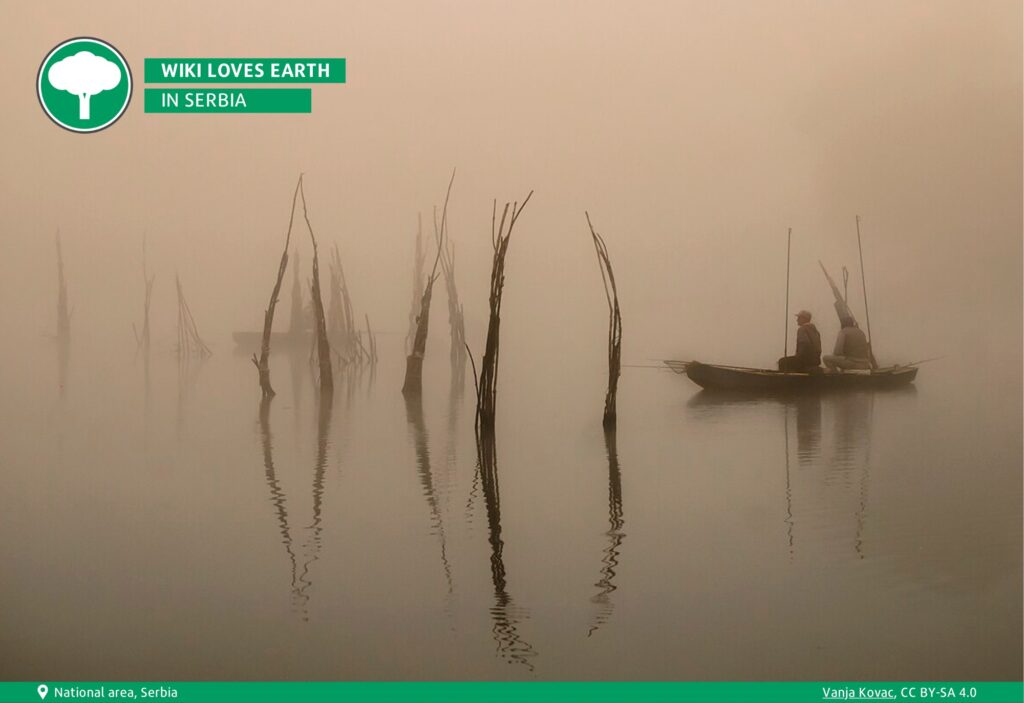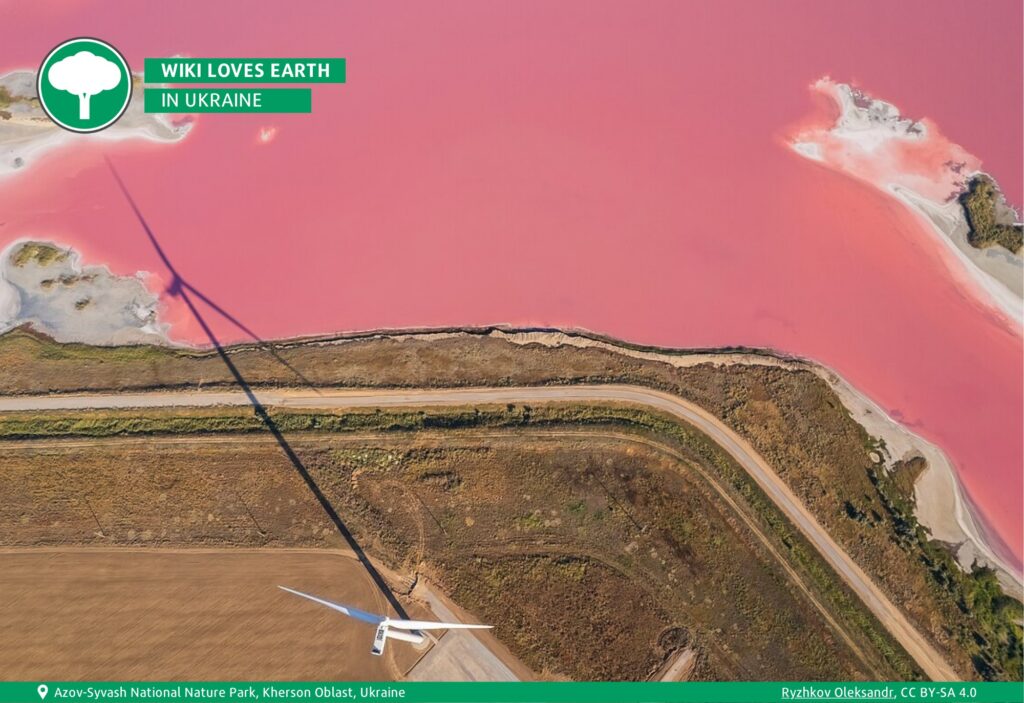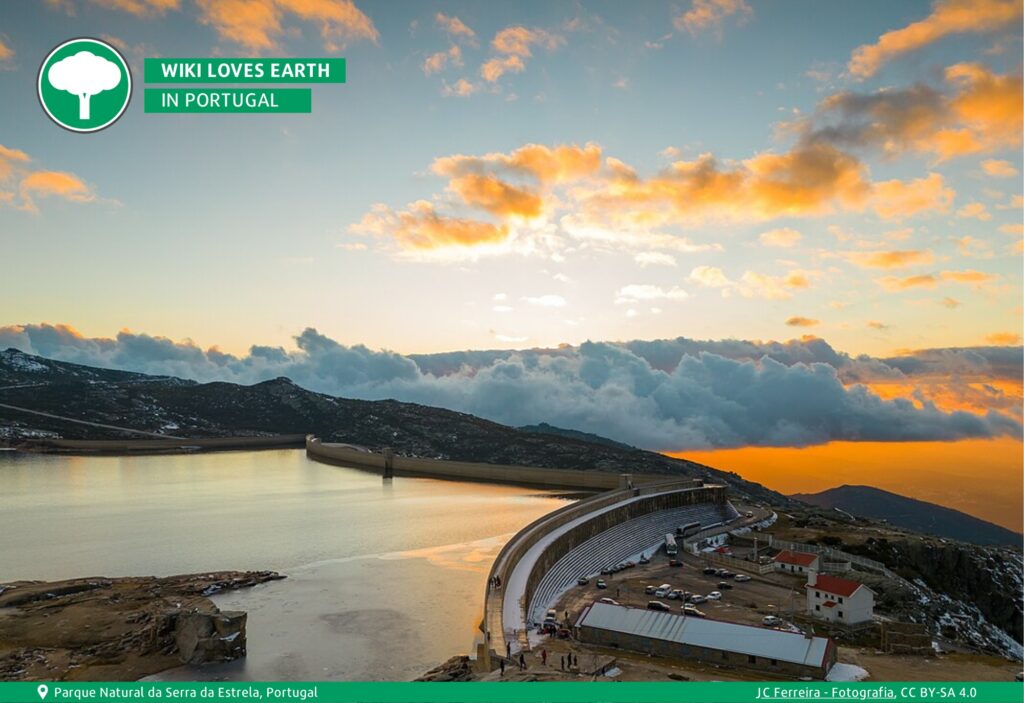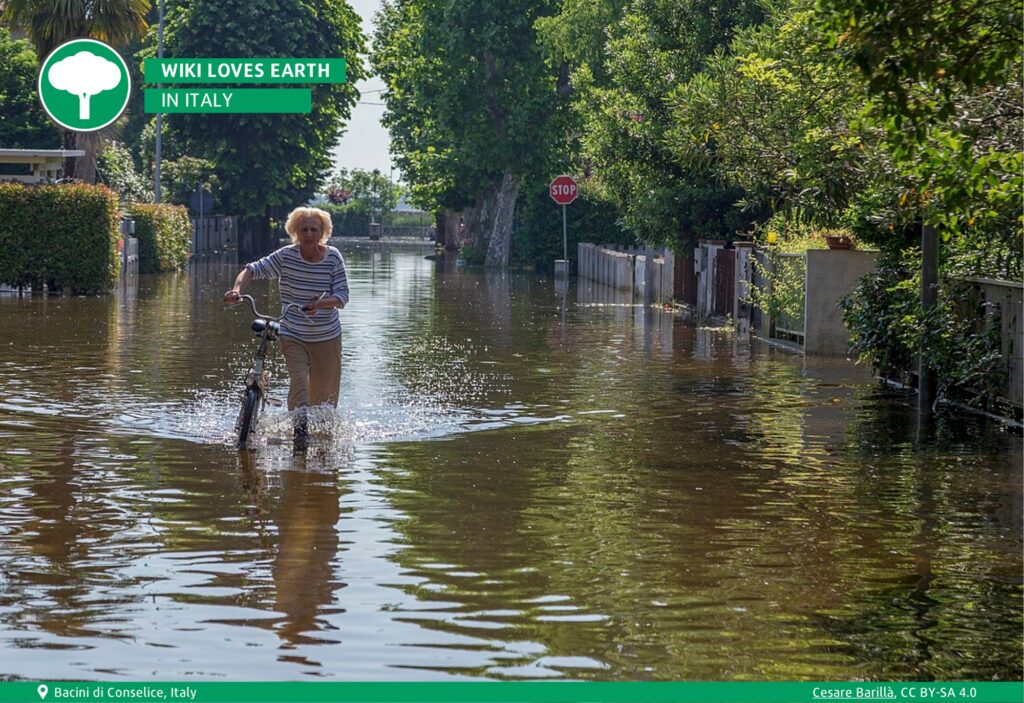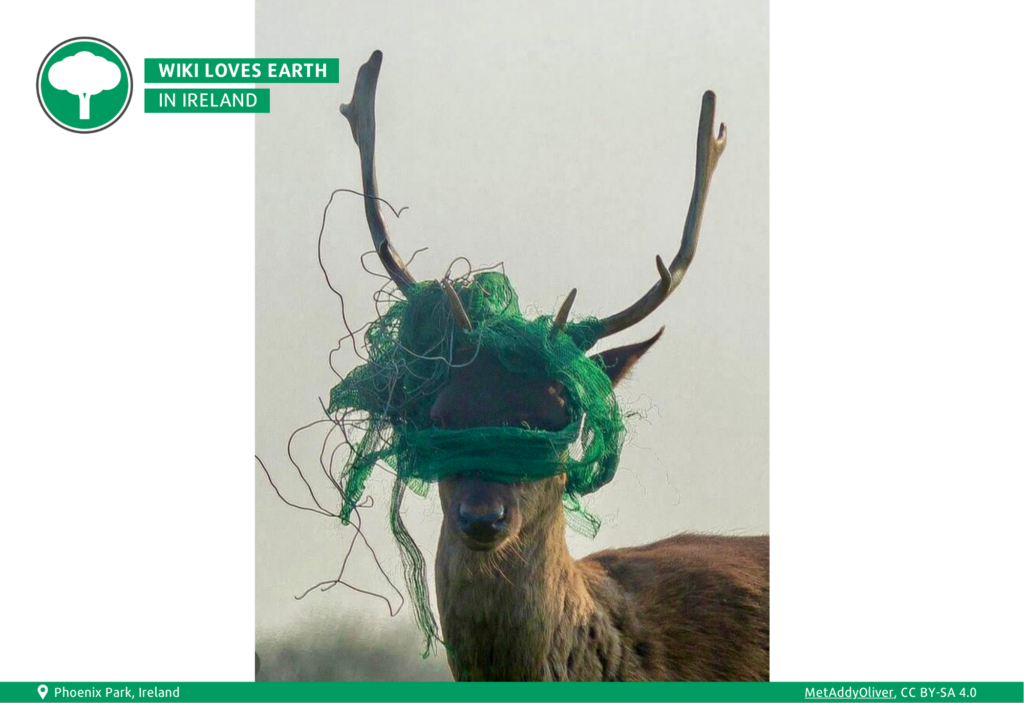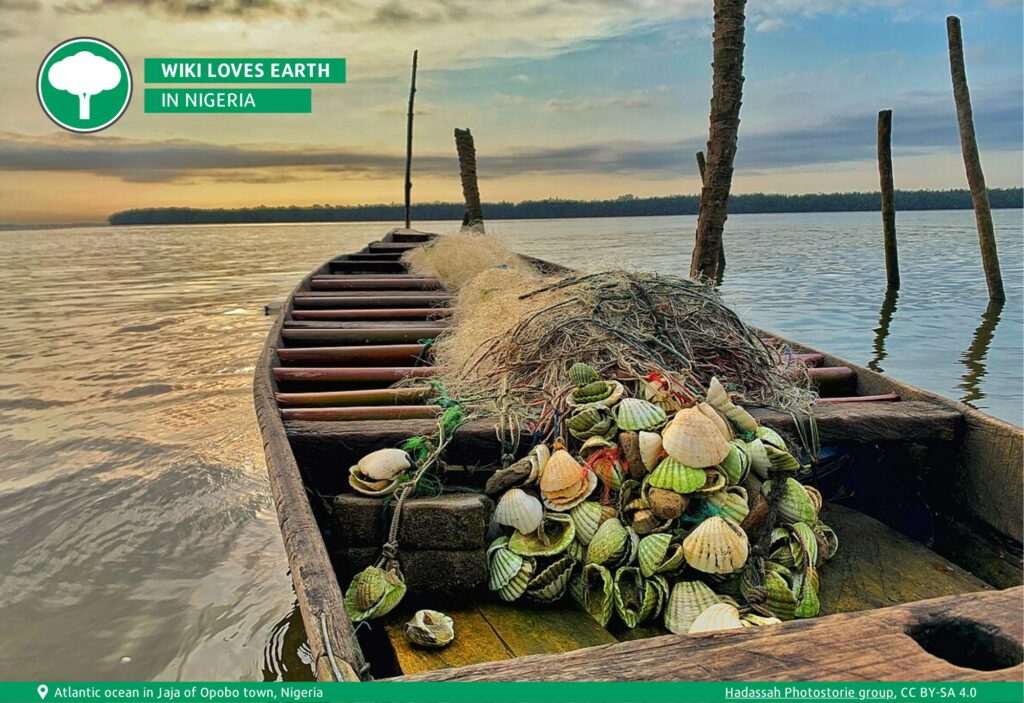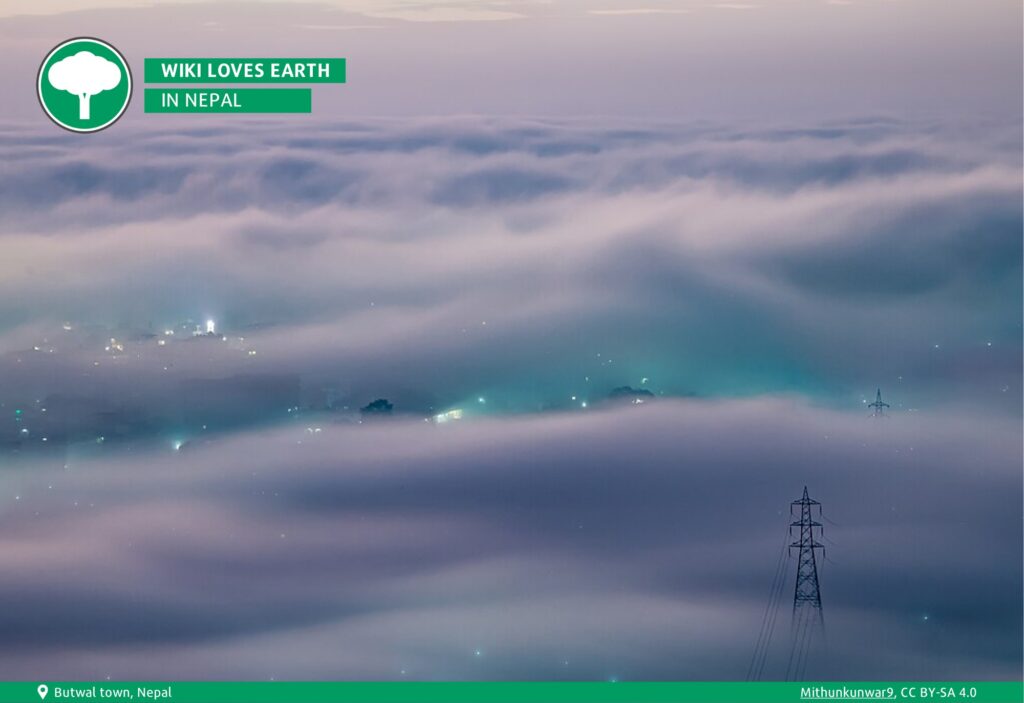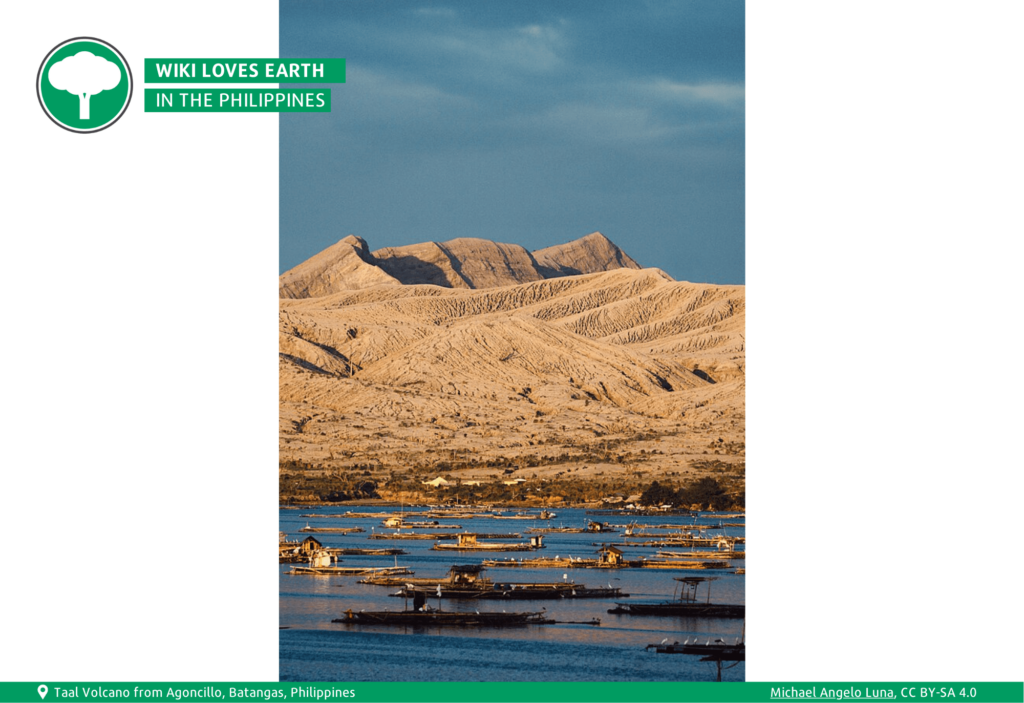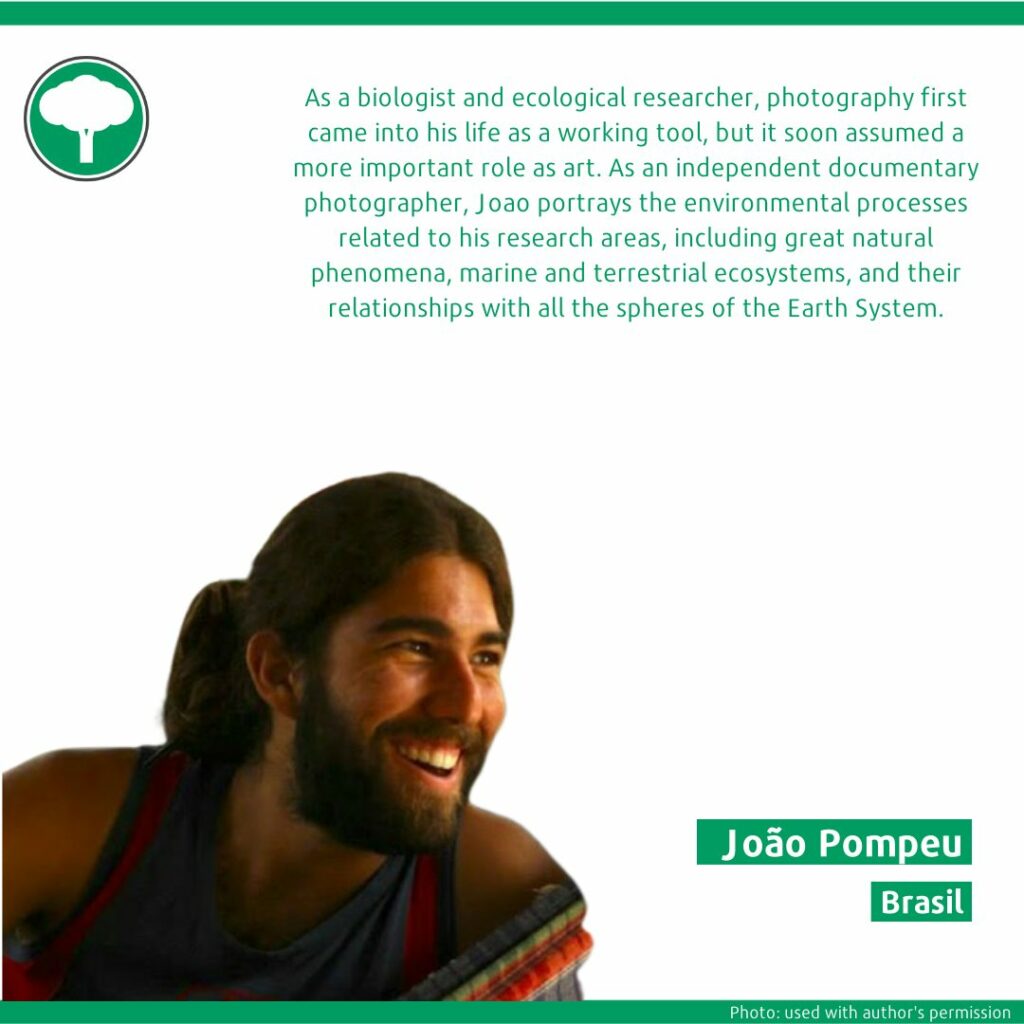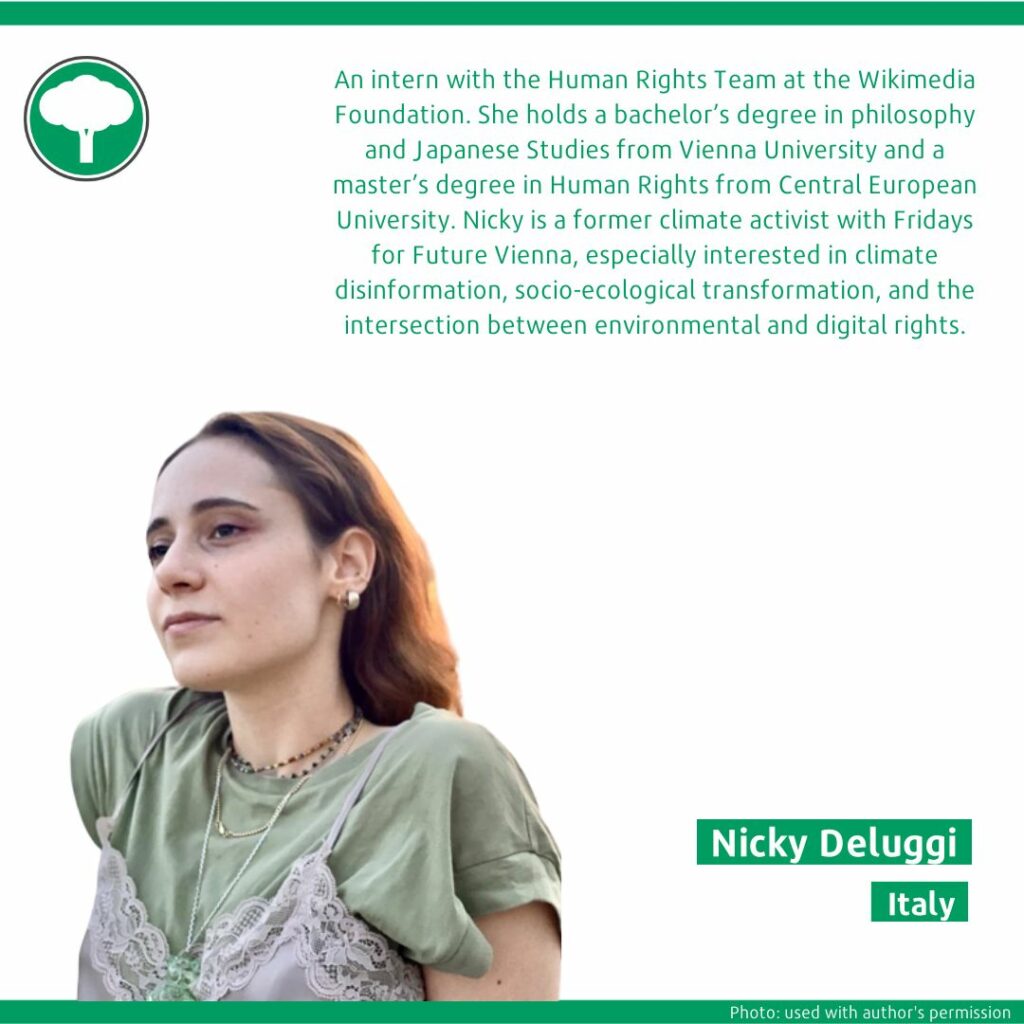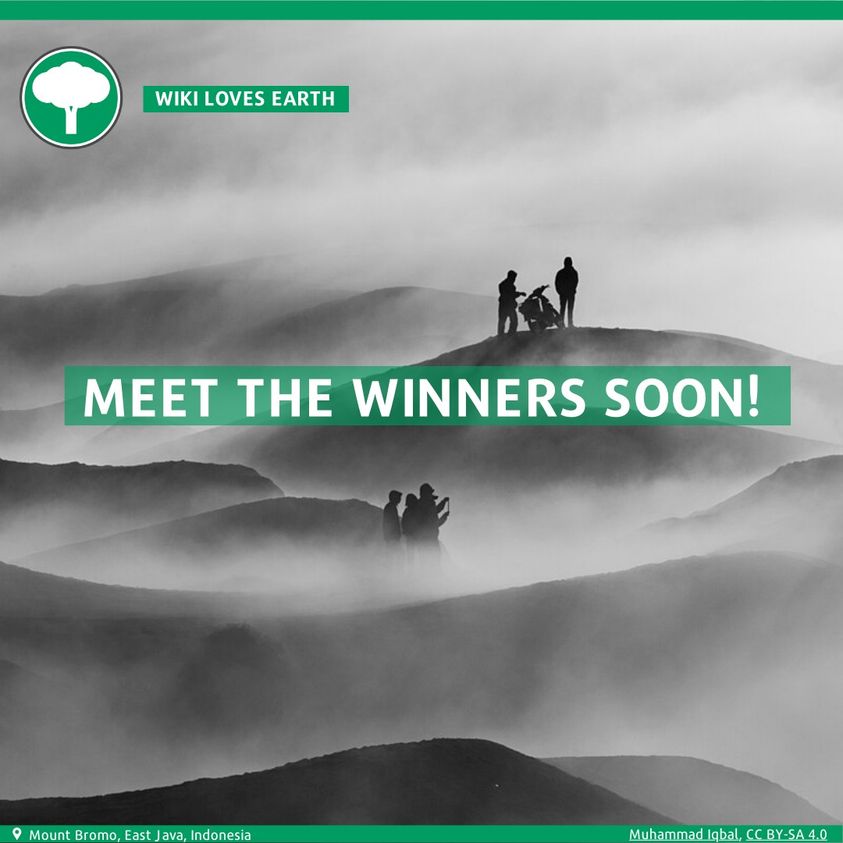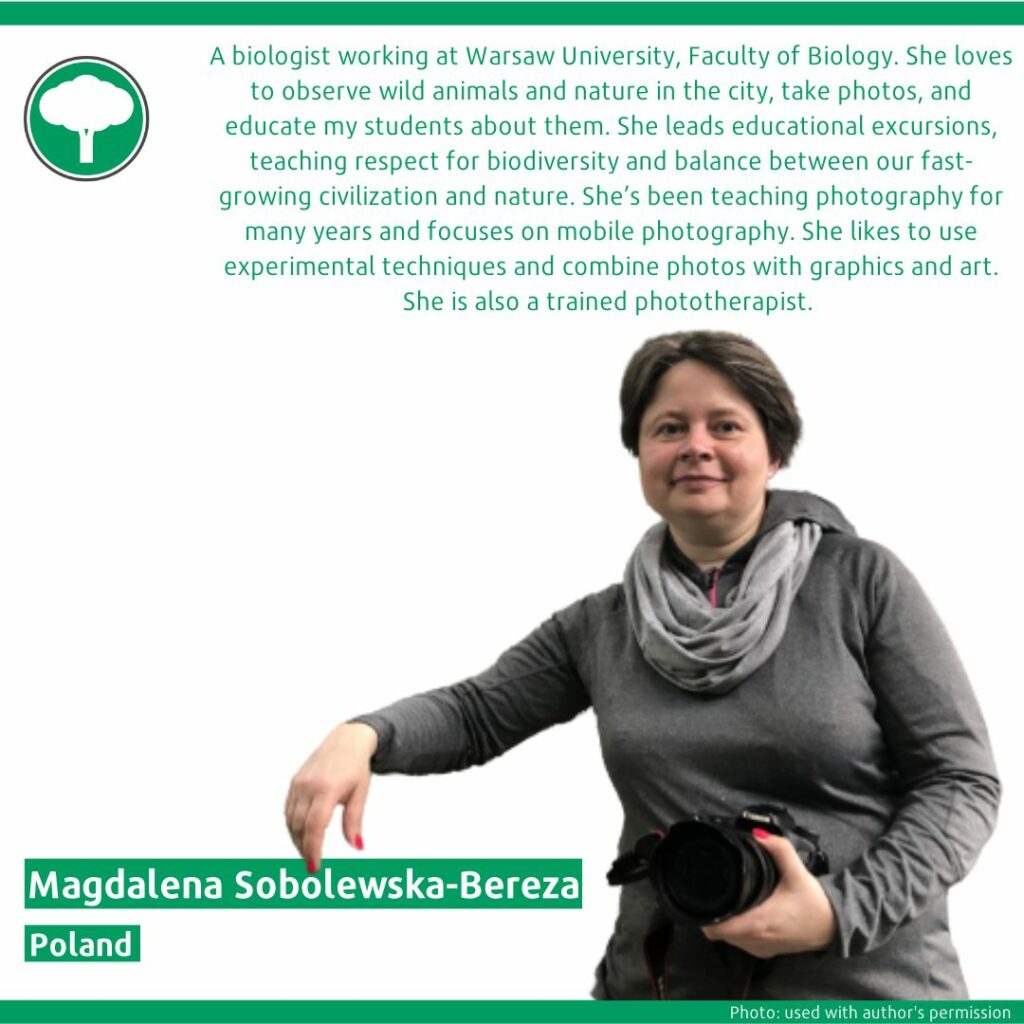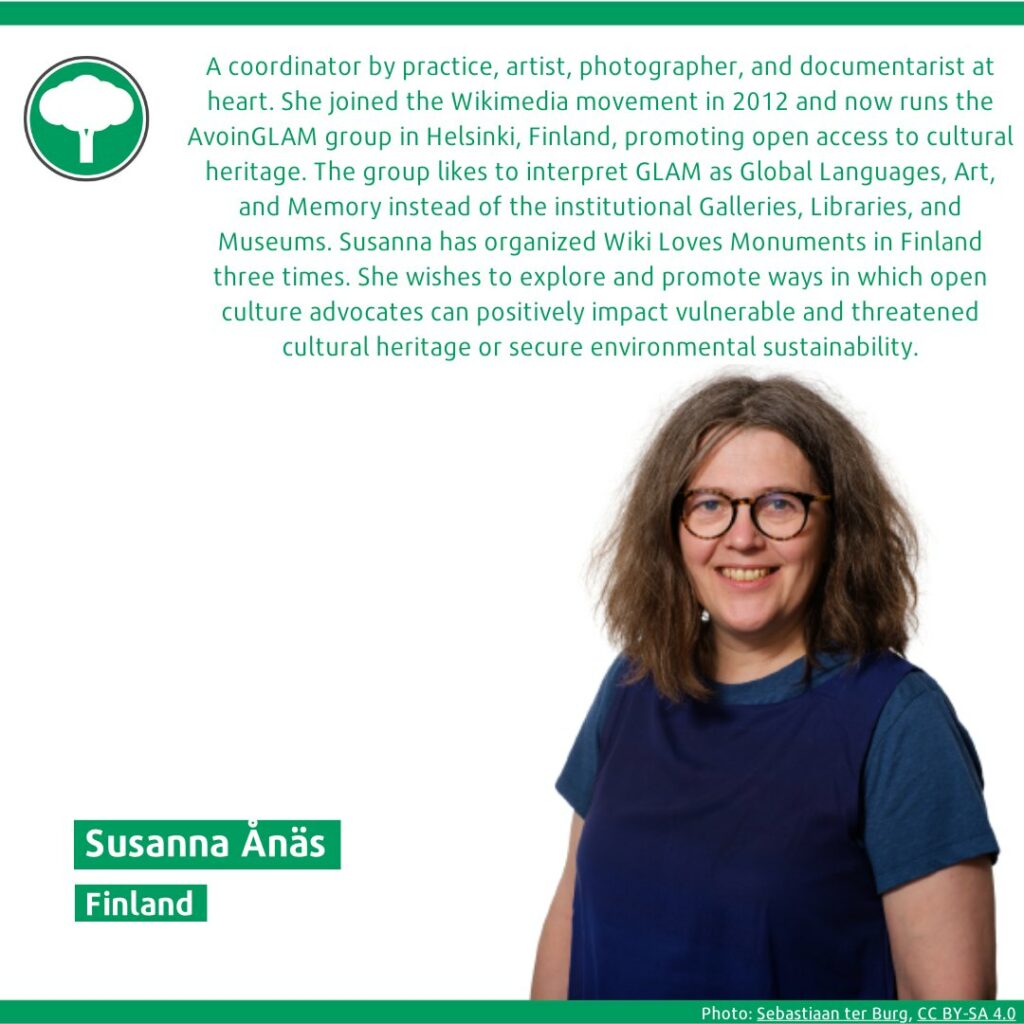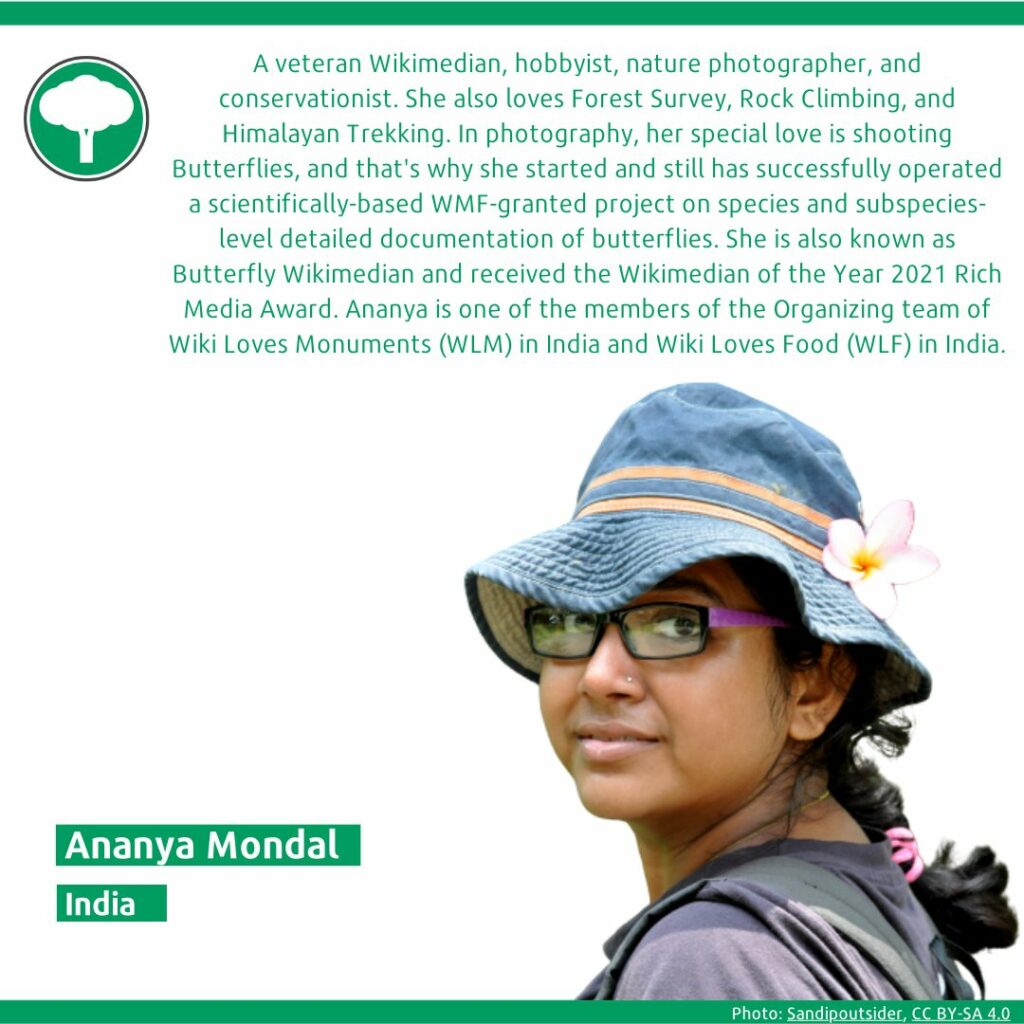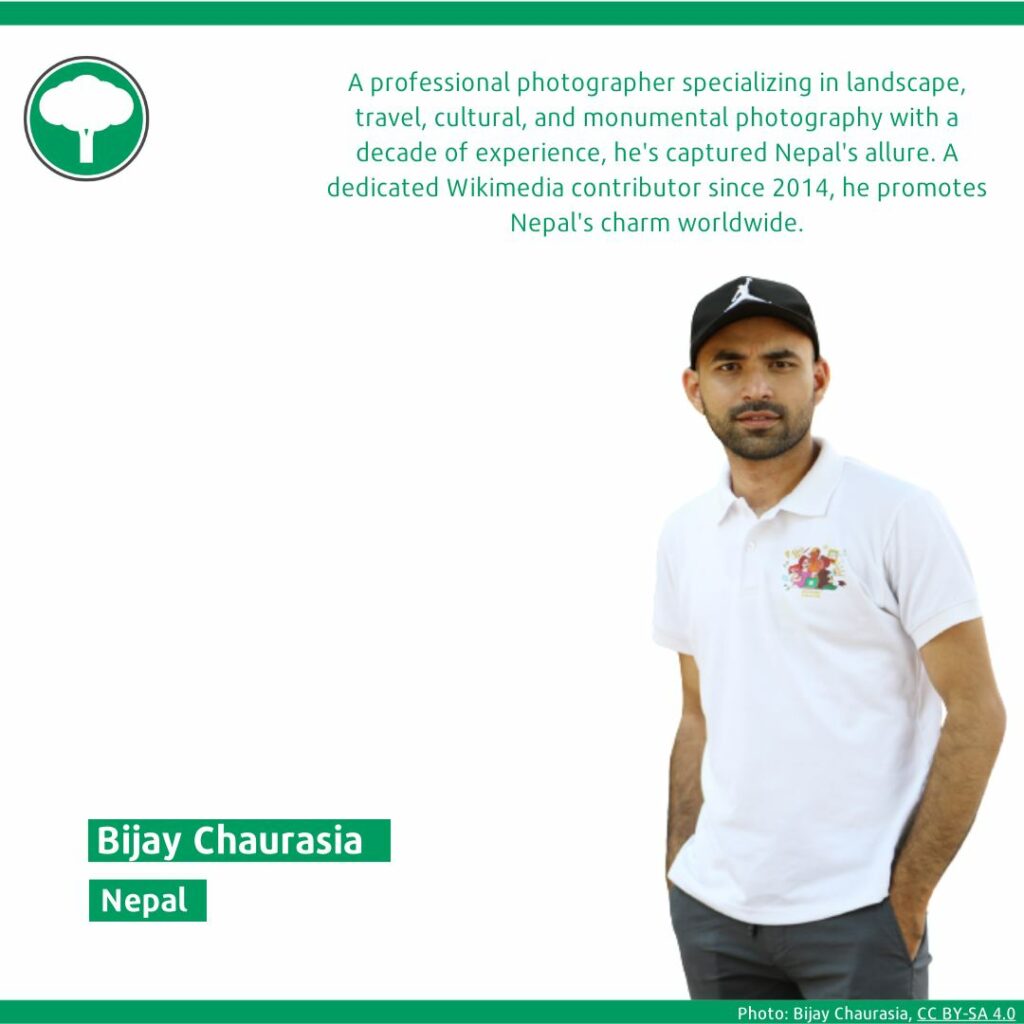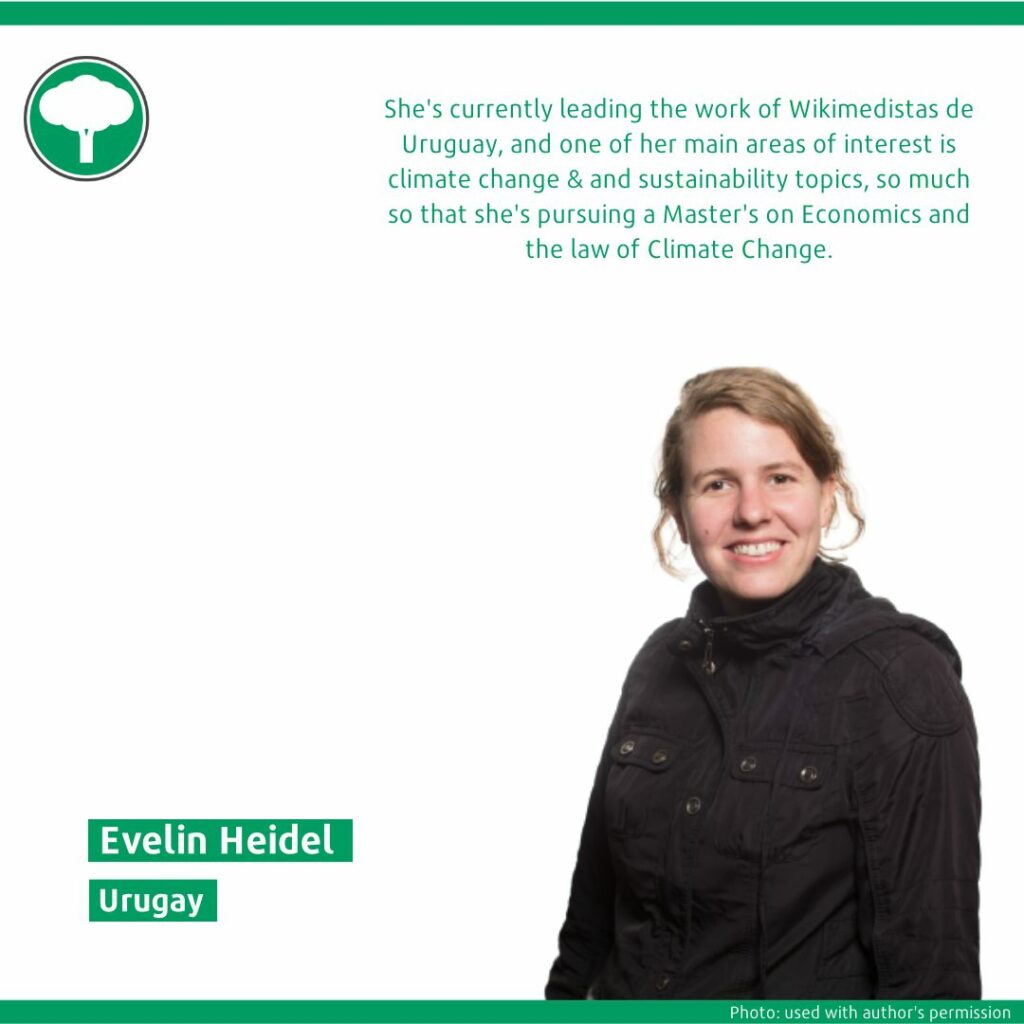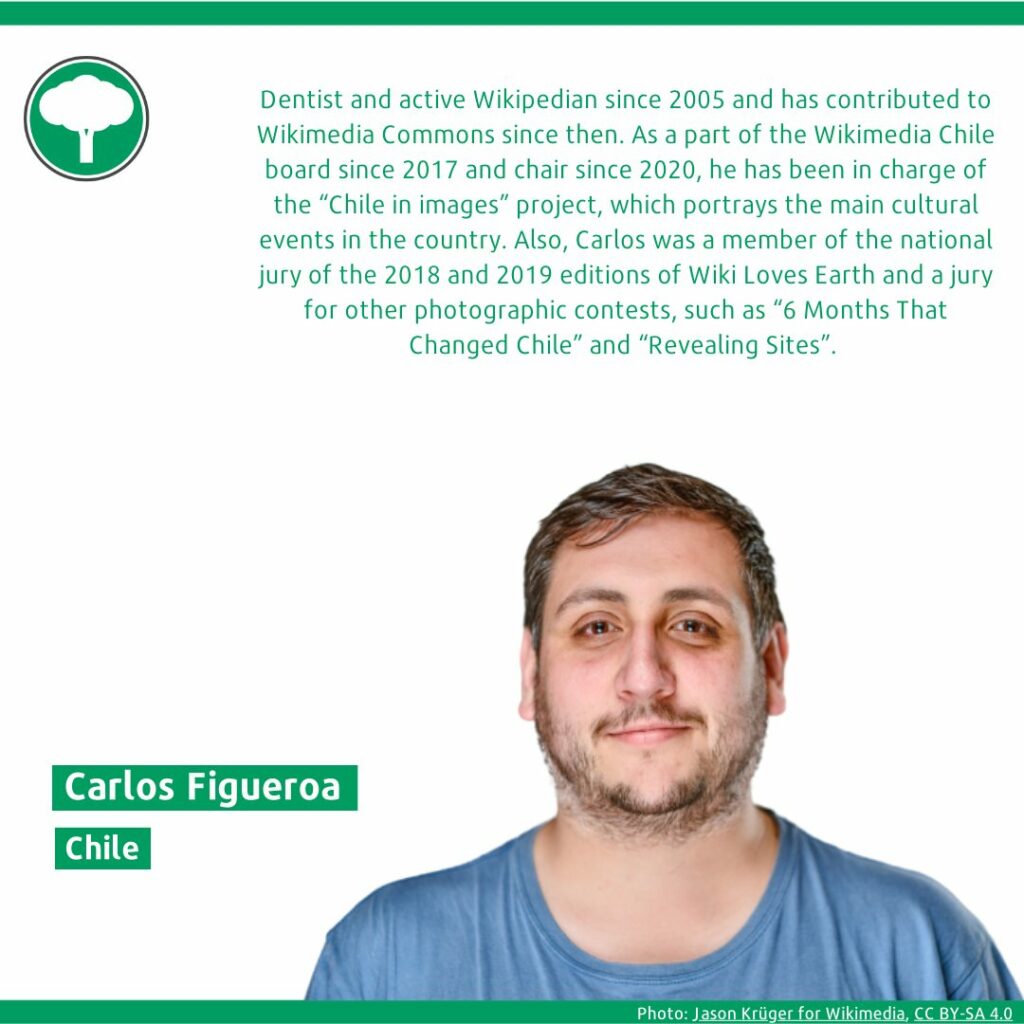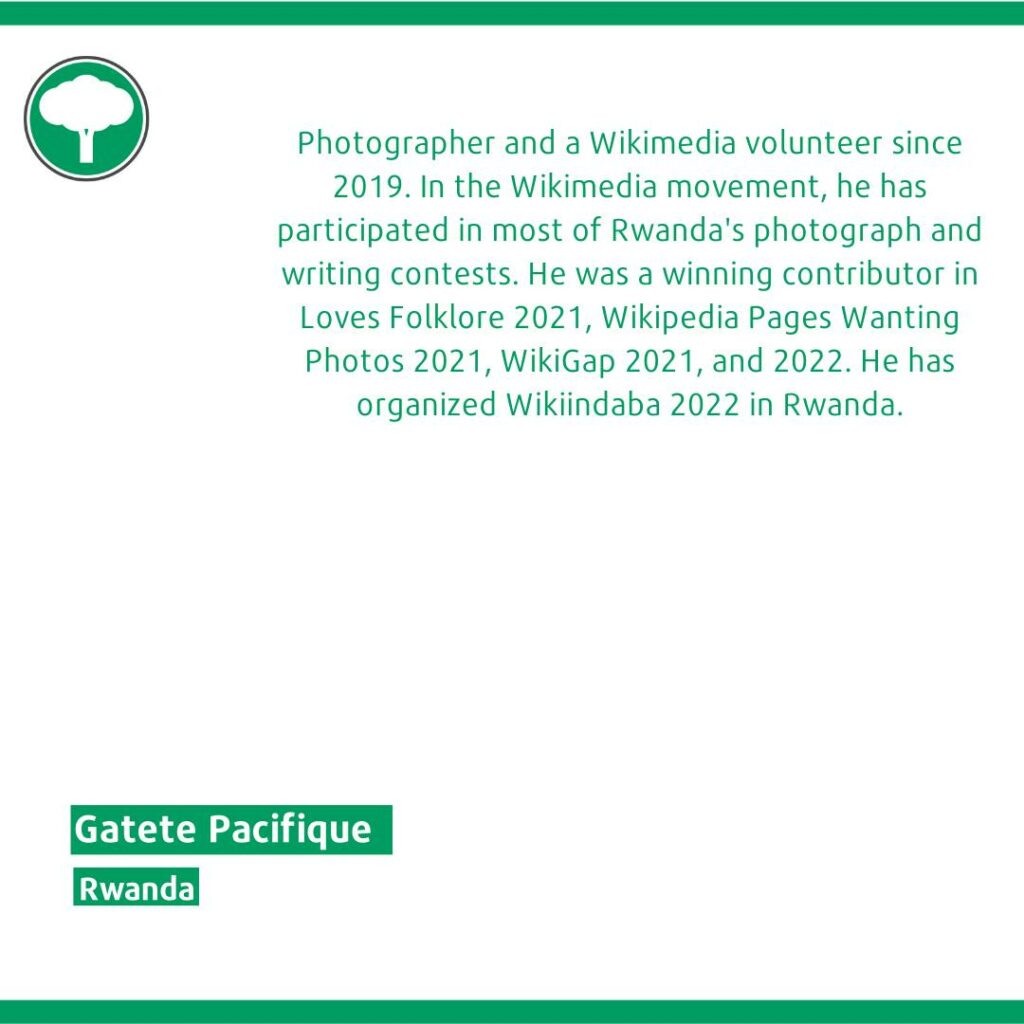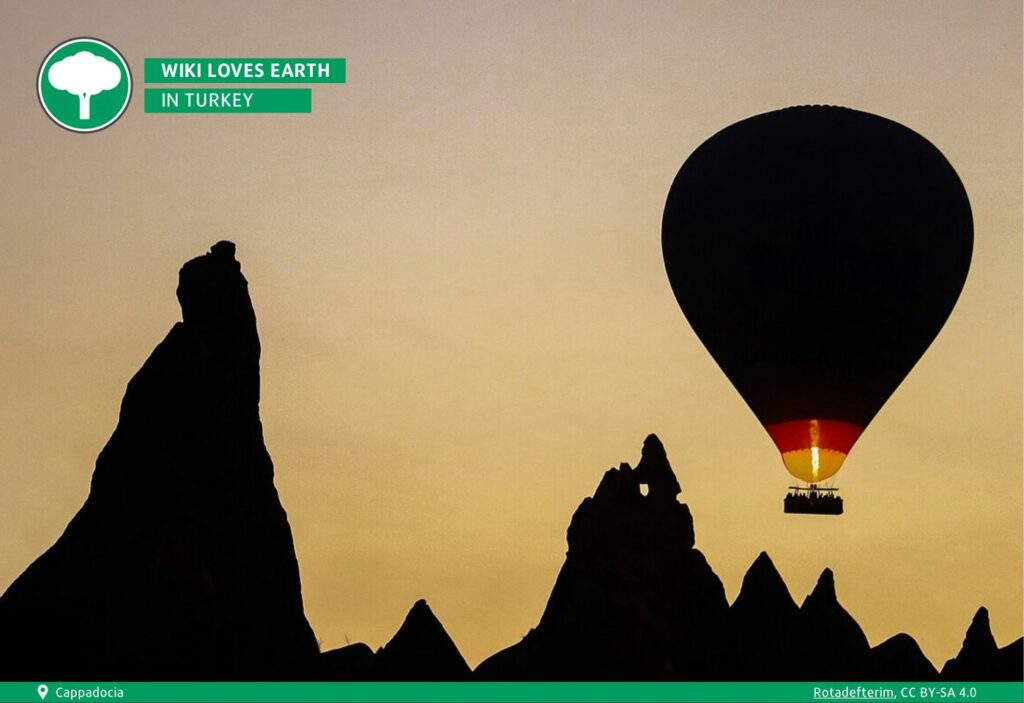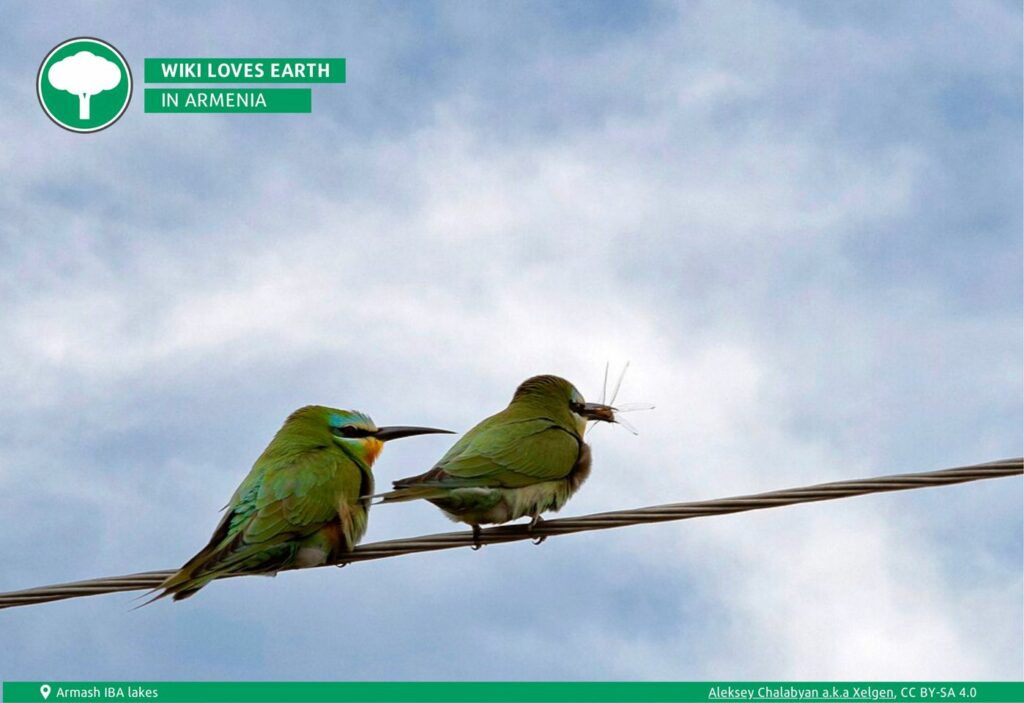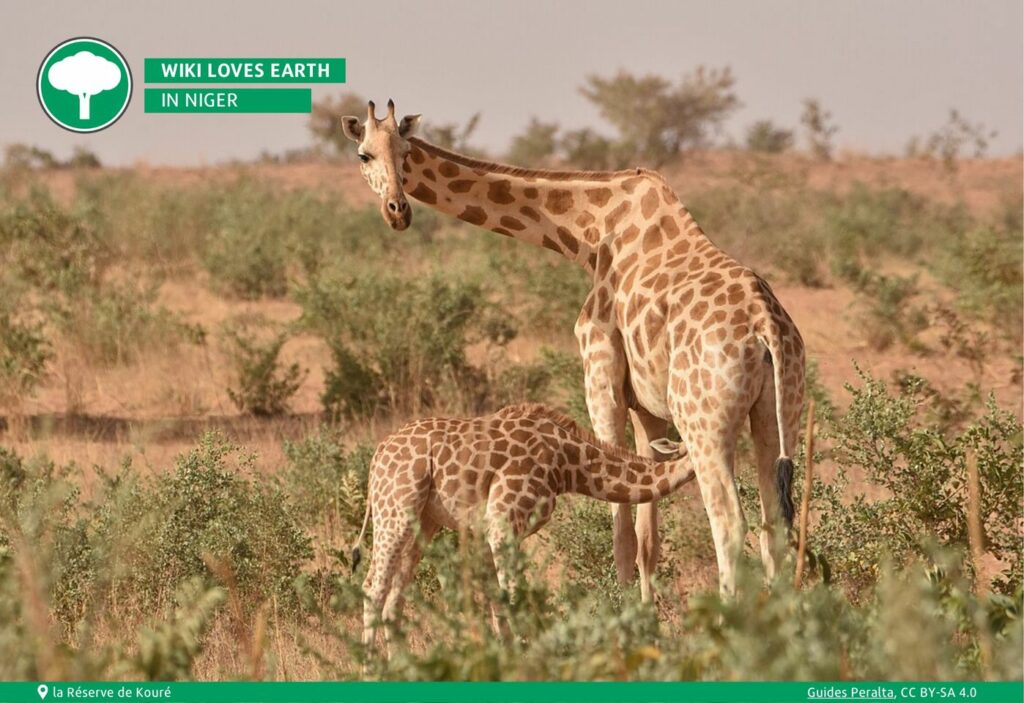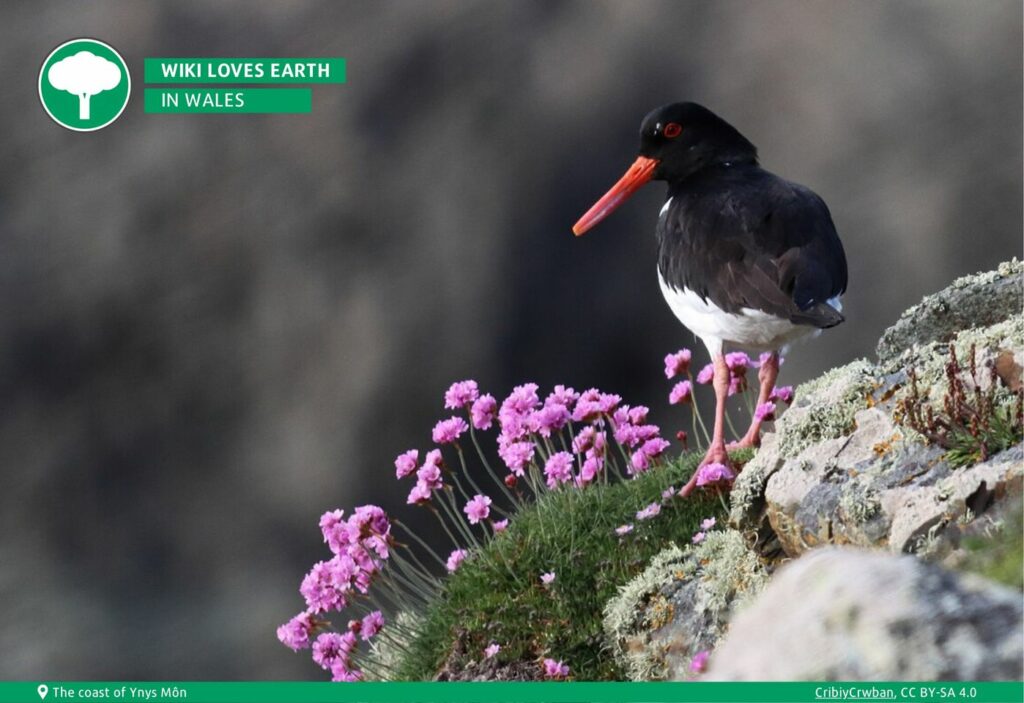The most awaited moment of the international annual photographic competition devoted to natural heritage has come. We are delighted and proud to present the top 20 best images of Wiki Loves Earth 2023!
This year, the contest was held for the 10th time, lasting from May 1st to August 31st.
We had a record number of participating countries, which reached 50. Many countries that started WLE last or a few years ago continued organizing the contest in 2023. And 11 of them joined the contest for the first time this year.
Overall, we received more than 61,700 submissions from over 3,300 uploaders.
42 countries submitted their local winners and moved to the international level, and we have got 492 local winning images.
As usual, each country has chosen up to 15 local winners in two categories – not more than ten from each of the two categories:
- Landscapes (including individual trees if it’s a nature monument);
- Macro/close-up (animals, plants, fungi).
This year, we gathered the international jury team, which consists of 13 experienced photographers, experts, and Wikimedians from all around the world who worked on selecting top-20 international winners.
You can read more about the jury team here.
We are thankful to them for their time and effort in judging the best images of the contest worldwide!
And we are ready to announce the top 20 best images in two categories, which present an interesting world of animal & plant species and breathtaking landscapes!
1st place: The first place is taken by the beautiful image in the macro category, which shows an insect of the species Cicindela soluta in Bila Dibrova Zakaznyk in Kyiv, Ukraine.

Photo by Sergiy Miroshnik, CC BY-SA 4.0.
Macro category – 1st place
2nd place: A small baya weaver (Ploceus philippinus), also called the engineer bird, is really common all around the world. The weaver is found to be making its nest on a tree in this interesting photo, captured at Kathmandu Valley in Nepal.
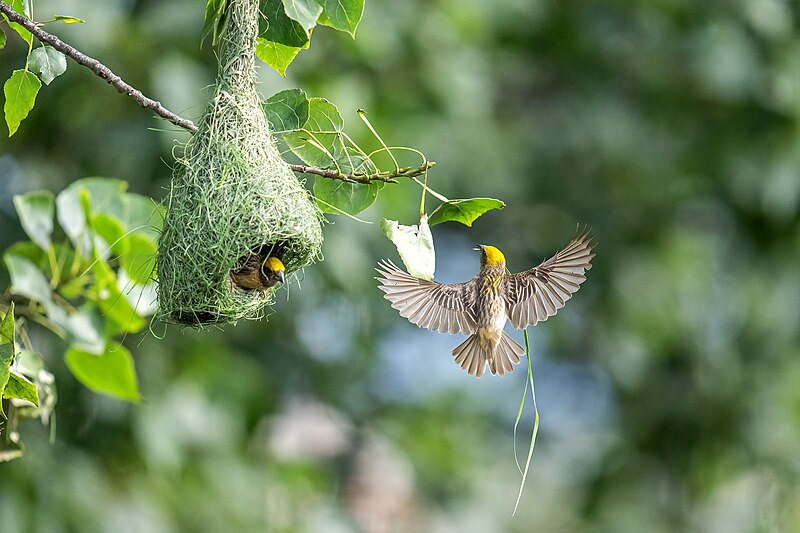
Photo by Dasrath Shrestha Beejukchhen (Bablu), CC BY-SA 4.0.
Macro category – 2nd place
3rd place: An experienced and battle-hardened, but at the same time cute Roebuck stands in the cornfield in one of the Biosphere Reserves in Sweden.
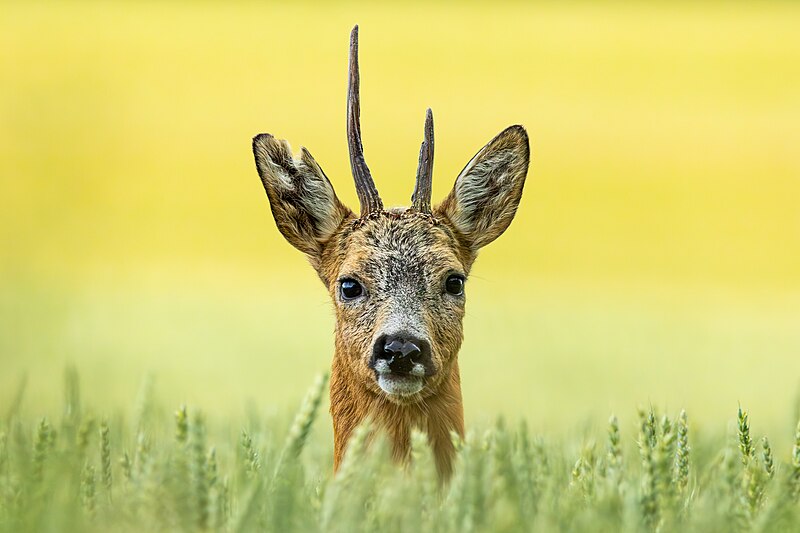
Photo by Tjustorparn, CC BY-SA 4.0.
Macro category – 3rd place
4th place: A tiny black-tailed skimmer (Orthetrum cancellatum) in the Gülper See nature reserve in Germany. As the author mentioned, the picture was taken in the morning after dawn, which is why the dragonfly is still covered with dew, which looks so magical.

Photo by Sven Damerow, CC BY-SA 4.0.
Macro category – 4th place
5th place: Amegilla Cingulata cingulate is a native blue-banded bee found in the Philippines; they are a sub-species of the Australian blue-banded bees (Amegilla cingulata). This species is found in lowland area of Northern Negros Natural Park, Philippines. These native bees are one of the most colorful and beautiful bees.

Photo by Mark Kineth, CC BY-SA 4.0.
Macro category – 5th place
6th place: The photo represents a common bee-eater (Merops apiaster) who, after having captured a golden Cetonia (Cetonia aurata), turns it over, making it fly so it can swallow the insect better. This moment was captured in Greto dello Scrivia, in the municipality of Novi Ligure, Italy.

Photo by Maurizio Carlini, CC BY-SA 4.0.
Macro category – 6th place
7th place: This macro image shows a Banded demoiselle (Calopteryx splendens) captured in the Gülper See nature reserve in Germany. The dew gives us the possibility to take a look at fantastic details.

Photo by Sven Damerow, CC BY-SA 4.0.
Macro category – 7th place
8th place: Quite a charming Little Egret which poses in Sado Estuary (Site of Community Importance) in Portugal.

Photo by Nuno Candido, CC BY-SA 4.0.
Macro category – 8th place
9th place: This photo represents a beautiful scene of a colorful couple of birds: the European Bee-eater (male) provides food for the female in order to have her permission to mate later on. Location — Sado Estuary Nature Reserve, Portugal.

Photo by Hugo Miguel Marques, CC BY-SA 4.0.
Macro category – 9th place
10th place: This scene is so powerful! A black kite adapting to the habitat and becoming an excellent fish hunter on a cold February winter morning in Taudaha Lake, Kirtipur, Kathmandu Valley in Nepal.

Photo by Prasan Shrestha, CC BY-SA 4.0.
Macro category – 10th place
11th place: The category of landscape images opens a breathtaking view taken in Southwest Alentejo and Vicentine Coast Natural Park in Portugal. It captures a nest in the moonlight near powerful rocks and water.

Photo by Nuno Luís, CC BY-SA 4.0.
Landscapes category – 1st place
12th place: This photo shows an interesting scene of silk sheets: сloaks of cobwebs are created following prolonged periods of drought followed by heavy rains, which cause water levels to rise suddenly. Location — Fucecchio marshes, Italy.

Photo by Pamela Doretti, CC BY-SA 4.0.
Landscapes category – 2nd place
13th place: A magnificent natural phenomenon captured in this image: a cracked ground due to drought in front of Kiztepesi during sunset, taken in Nallihan, Ankara, Turkey.

Photo by Cuneyt Gumushaneli, CC BY-SA 4.0.
Landscapes category – 3rd place
14th place: The moment of nature’s calmness and harmony of the Koksu River in autumn was depicted in Ugam-Chatkal National Park, Uzbekistan.

Photo by Marat Nadjibaev, CC BY-SA 4.0.
Landscapes category – 4th place
15th place: The next landscape image represents the old Stack Rock Fort viewed from above, taken in Pembrokeshire Coast National Park, Wales.

Photo by Jacob Allen, CC BY-SA 4.0.
Landscapes category – 5th place
16th place: A charming view with sunshine makes us take a look at each detail of this landscape, which was taken in Lagoa do Fogo, Portugal.
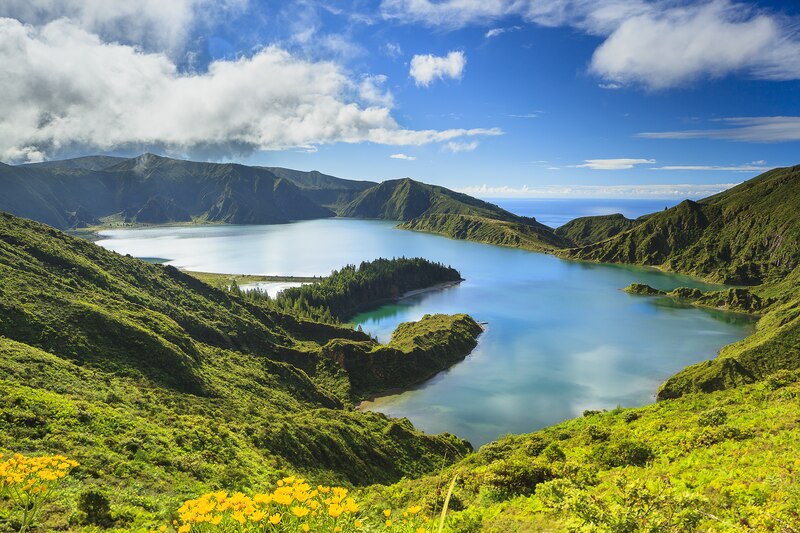
Photo by Veloso Patacas, CC BY-SA 4.0.
Landscapes category – 6th place
17th place: This magical winter view is the Gito Plateau, a plateau located at a height of 2000 meters. It was taken in Kaçkar Mountains National Park, Çamlıhemşin, Turkey.
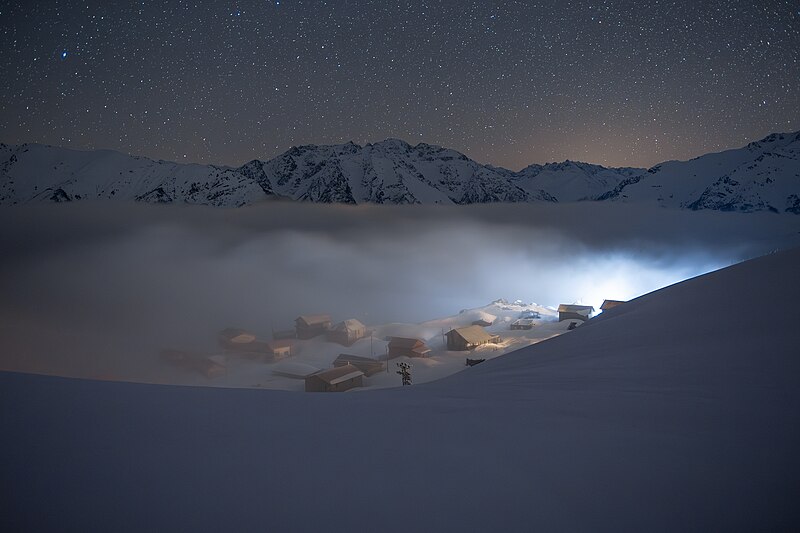
Photo by Refik Demir, CC BY-SA 4.0.
Landscapes category – 7th place
18th place: An unbelievable nature dichotomy, which shows how Calabria and Aspromonte are engulfed in flames. This phenomenon was taken in Aspromonte National Park, in the municipality of Roccaforte del Greco, Italy.
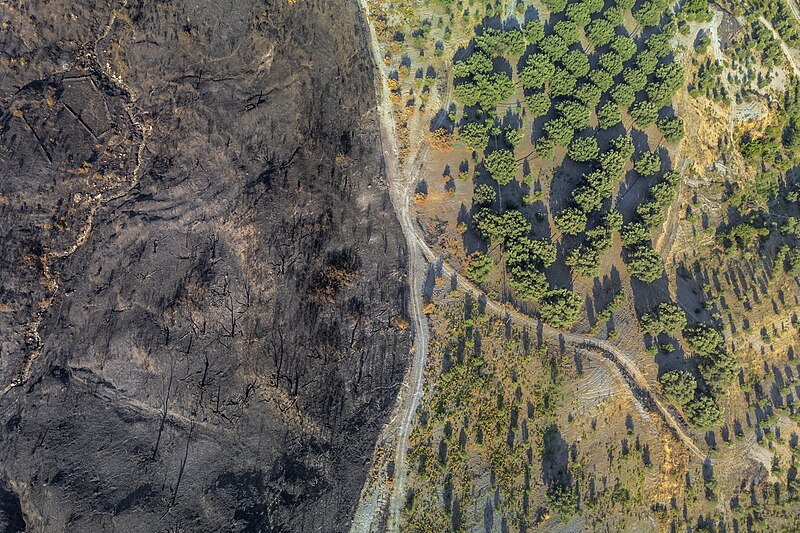
Photo by Cesare Barillà, CC BY-SA 4.0.
Landscapes category – 8th place
19th place: A charming picture of blooming daffodils captured on Mount Shcherban, Marmaroskyi Ridge in the Carpathians, Rakhivskyi city council, Ukraine.

Photo by Mykhailo Petskovych, CC BY-SA 4.0.
Landscapes category – 9th place
20th place: Our top is closed by the bright landscape of Barley and Buckwheat fields of Lomangthang, Upper Mustang in Nepal.
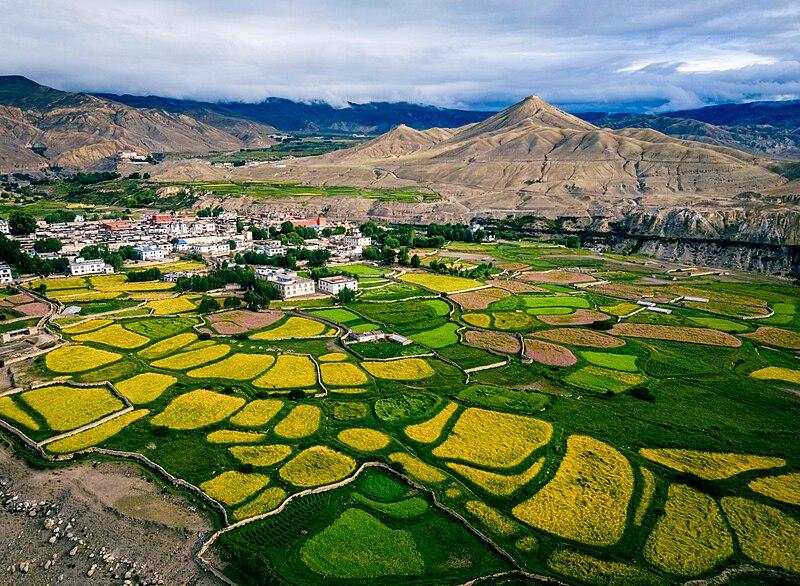
Photo by Niroj Sedhai, CC BY-SA 4.0.
Landscapes category – 10th place
Many congratulations to all the winners for their contribution and time dedicated to picturing the beauty of our planet and spreading awareness about natural heritage sites all around the world!
You can also see past Wiki Loves Earth winners from 2022, 2021, 2020, 2019, and 2018.
In addition, WLE 2023 had a special nomination “Human Rights and Environment” aiming at raising awareness of nature protection and human impacts on nature.
This year, the participants worldwide could participate in this nomination, and we received 8,500+ images.
The team of 6 jurors helped us choose the best top-10 images, and the final results are already announced here.
If you want to know more about this year’s winners and the contest overall, wait for the full jury report, which will be available on Wikimedia Commons soon.

